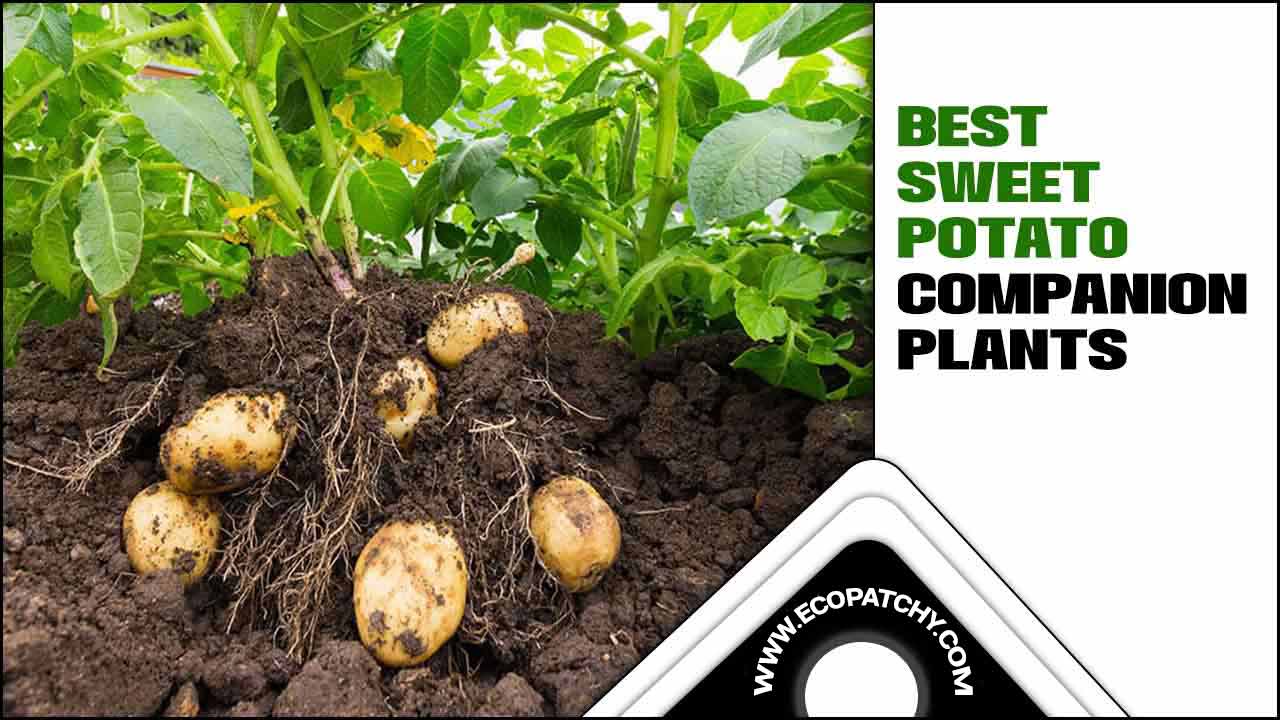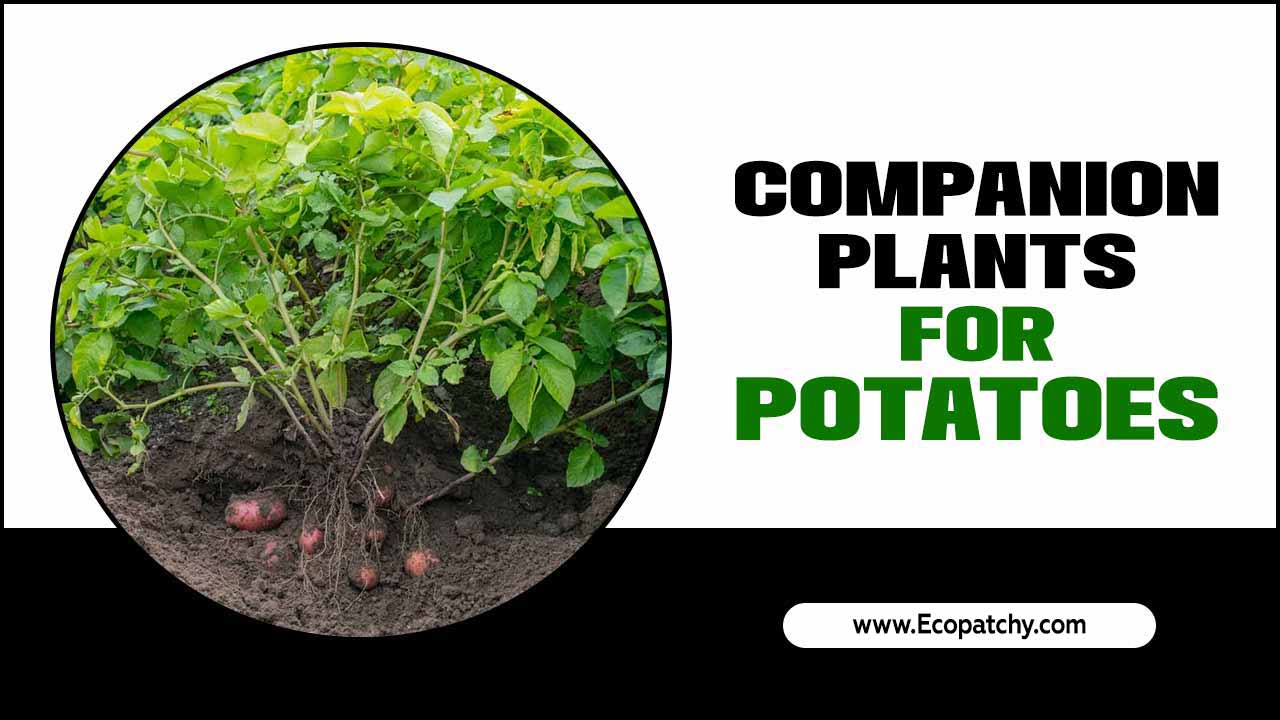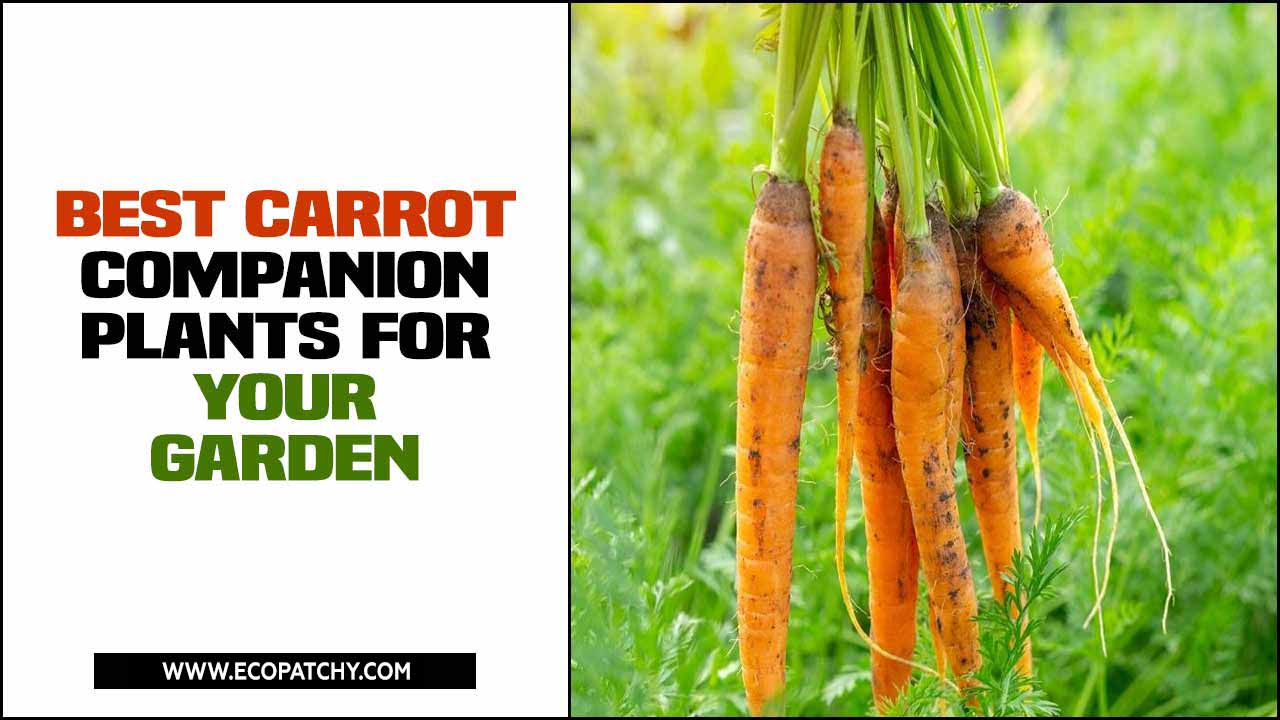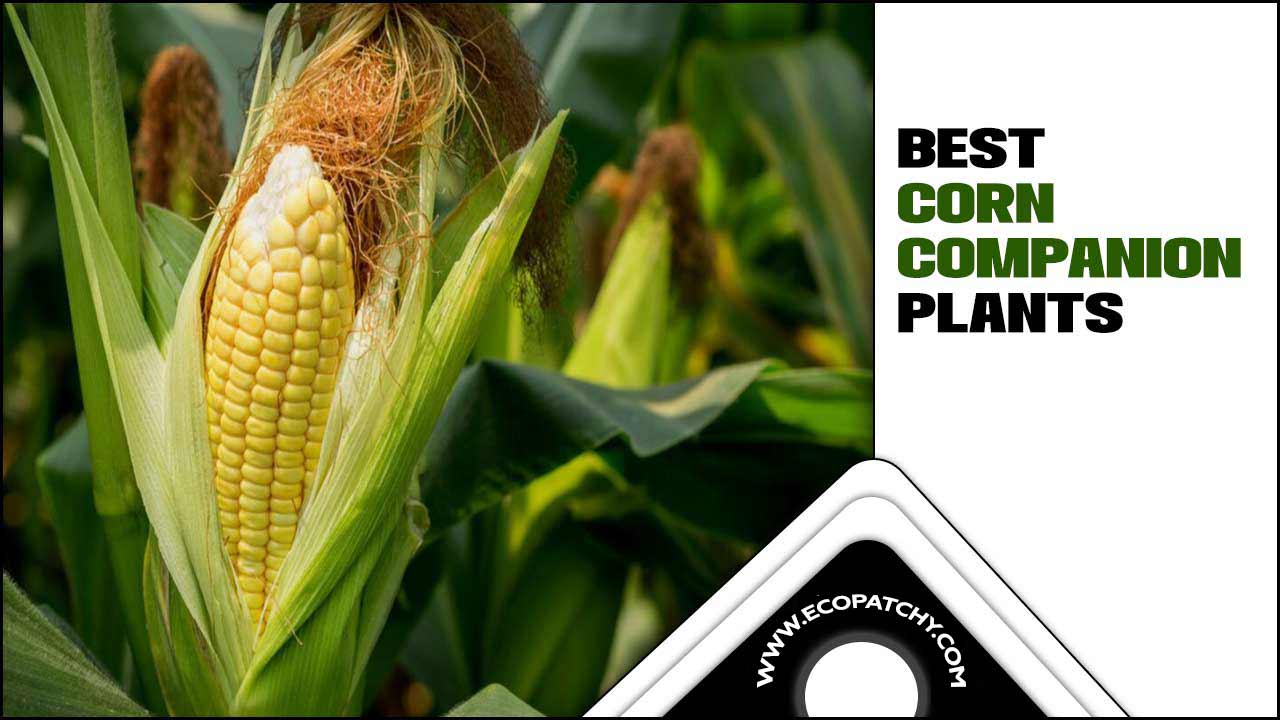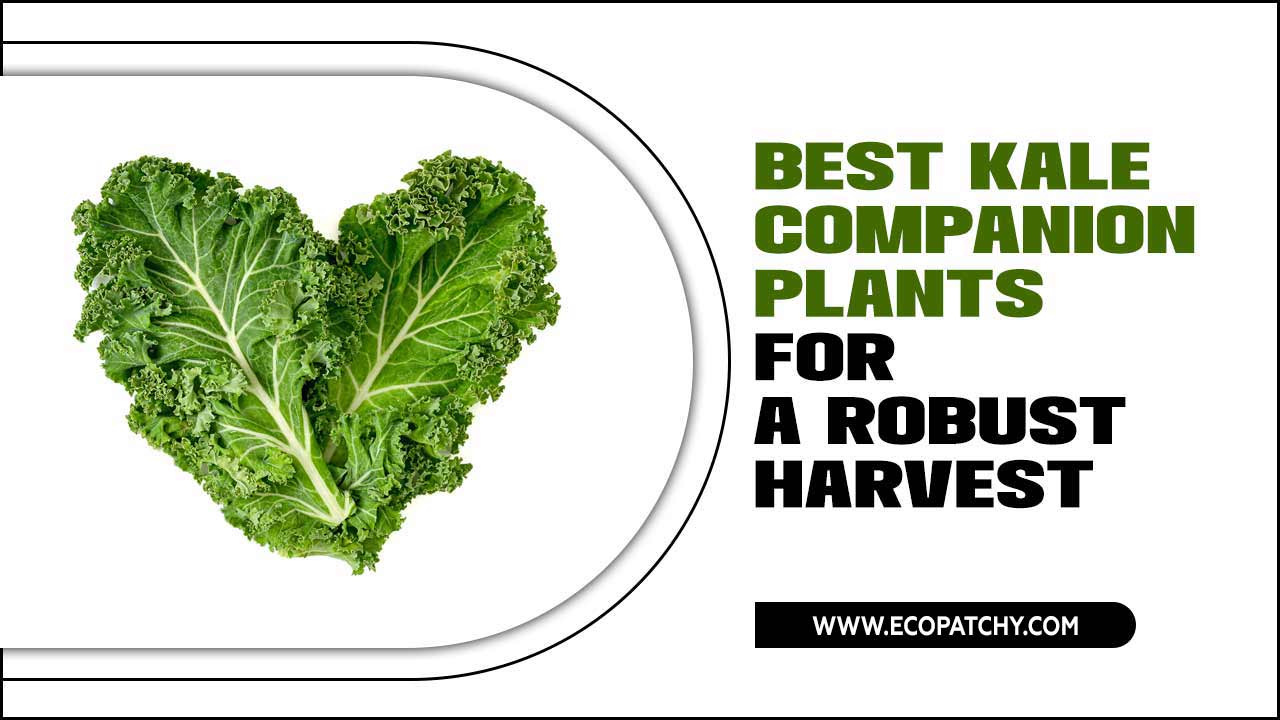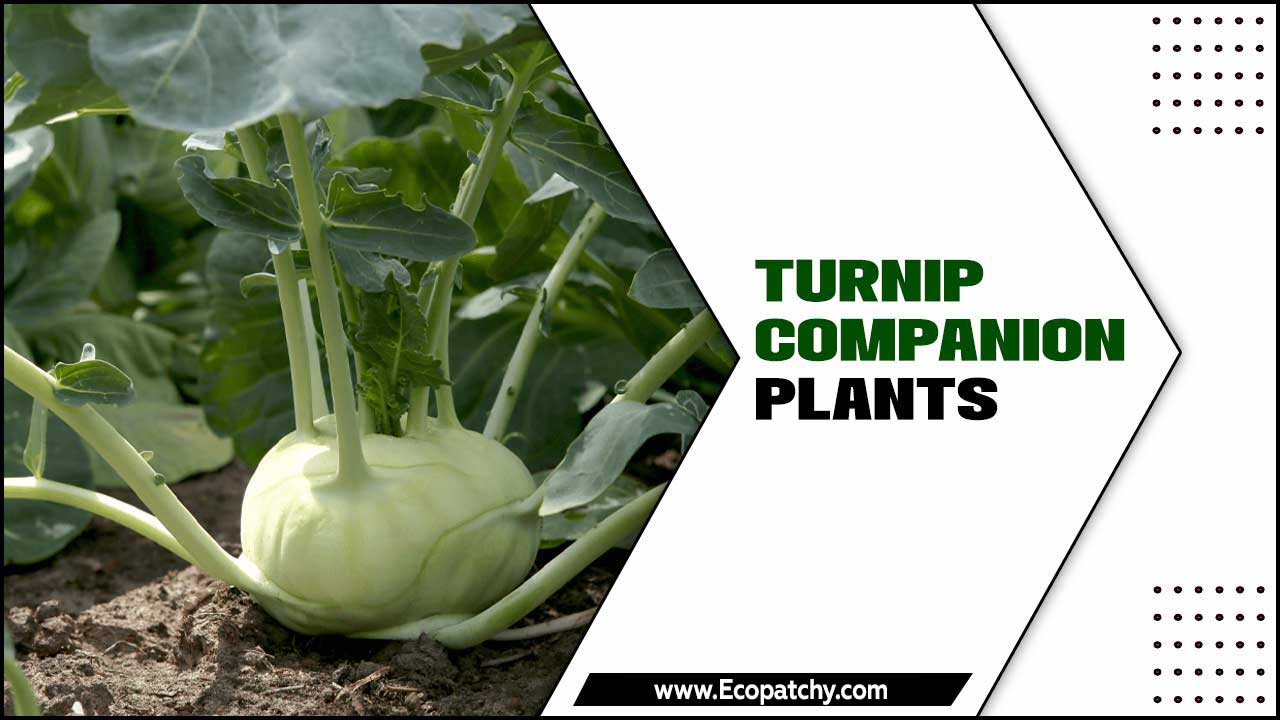Beets, or garden or red beets, are a versatile and nutritious vegetable that recently gained popularity. These root vegetables are not only delicious but they are also packed with essential vitamins and minerals.
However, to maximize the growth and flavor of your beets, it is important to consider their companion plants. Companion planting is the practice of growing different types of plants together for mutual benefit. Here we will explore the top 15 beet companion plants you want that you want in your garden.
From carrots to tomatoes, we’ll discuss the benefits of each plant and how they can help your beet crop thrive. We’ll also provide tips for successful companion planting with beets, including factors to consider when choosing companions and how companion planting enhances beet growth. Get ready to take your beet garden to the next level!
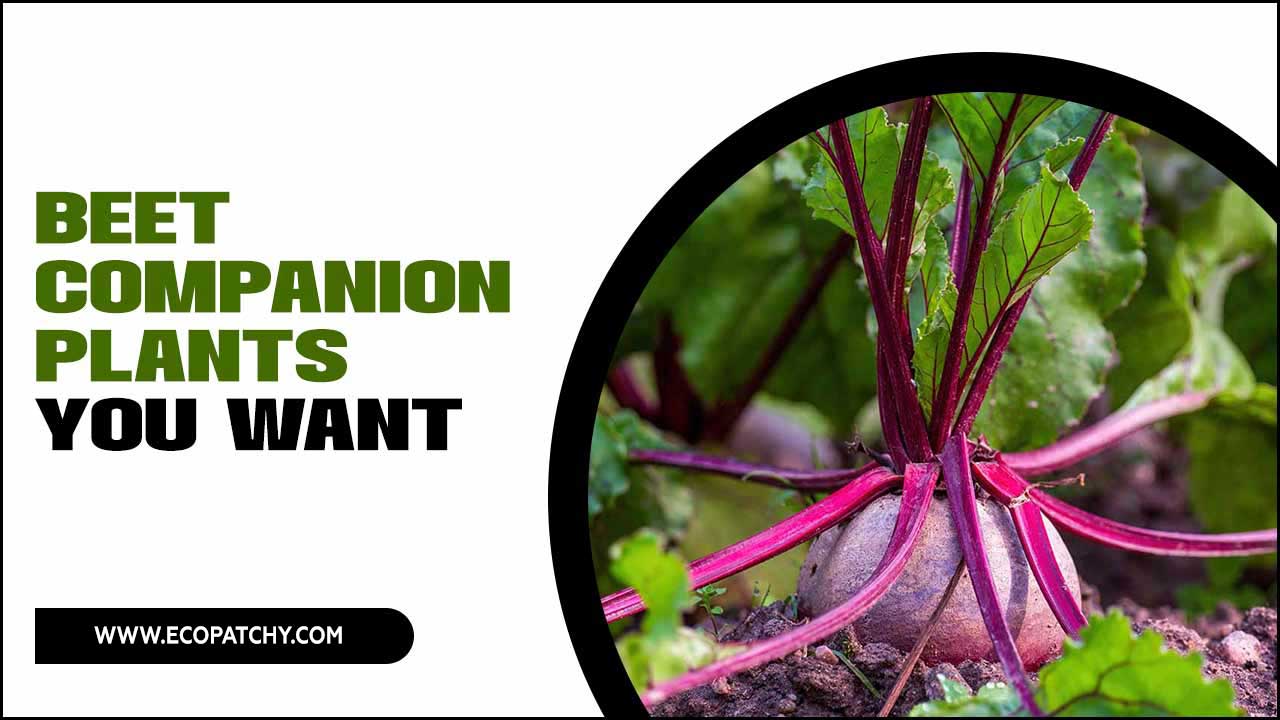
About Companion Planting For Beets
Companion planting, a centuries-old practice, maximizes crop yields by strategically pairing plants that benefit each other. When it comes to beets, companion planting offers several advantages. It reduces the need for chemical pesticides, promotes biodiversity, and ensures ecological balance in the garden.
The right combination of companion plants can result in healthier and more productive beets. By incorporating Brussels sprouts, swiss chard, root crops, and other best beet companion plants in your vegetable garden, you create a harmonious ecosystem that discourages pests like Japanese and Colorado potato beetles.
Companion plants such as cabbage moths and catnip can help deter different pests, making your beet harvest more successful. Researching and choosing the right companion plants for your beet bed will contribute to its overall success.
The Science Behind Companion Planting
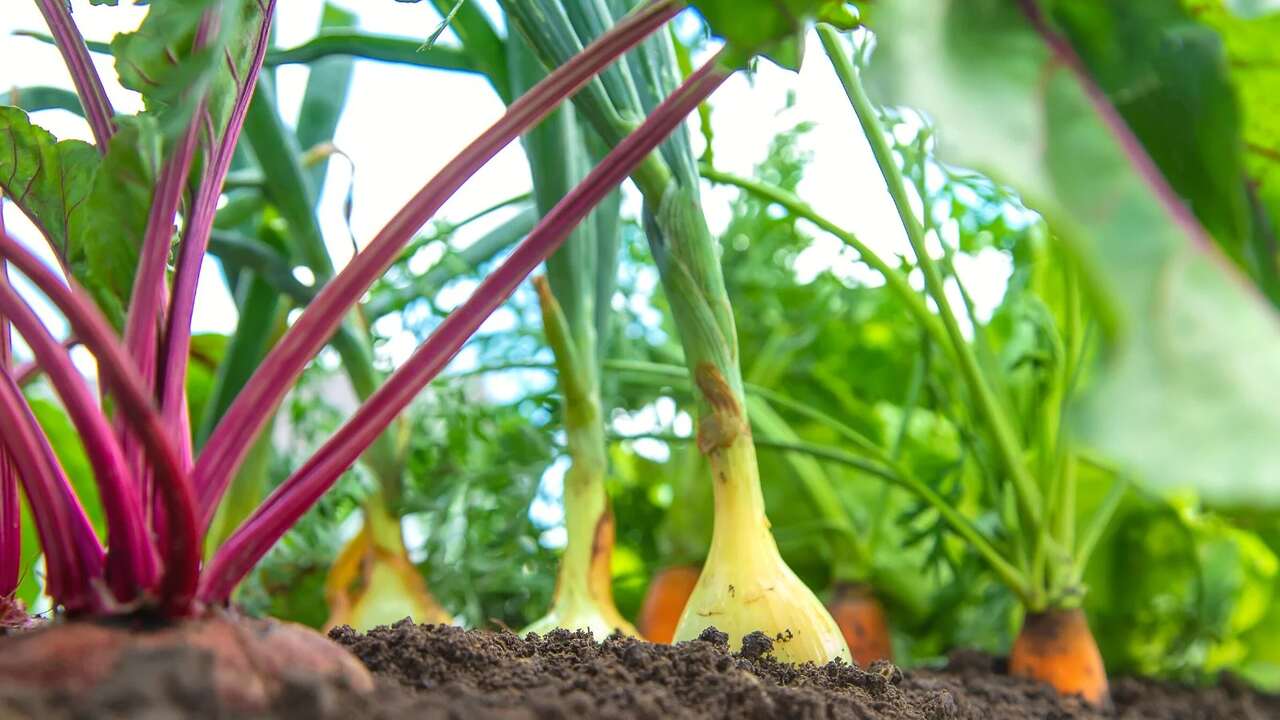
Companion planting takes advantage of plant interactions and natural defense mechanisms, using certain companion plants that release chemicals to repel or attract pests. The aromas and chemical compounds emitted by these companion plants can also influence the growth of nearby plants. Additionally, companion plants can attract beneficial insects that prey on pests, helping to control pest populations.
Furthermore, the diverse root systems of companion plants contribute to improving soil structure and nutrient cycling. By understanding the science behind companion planting, gardeners can make informed choices about the right companion plants to enhance the growth and health of their beet crops.
The Benefits Of Companion Planting For Beets
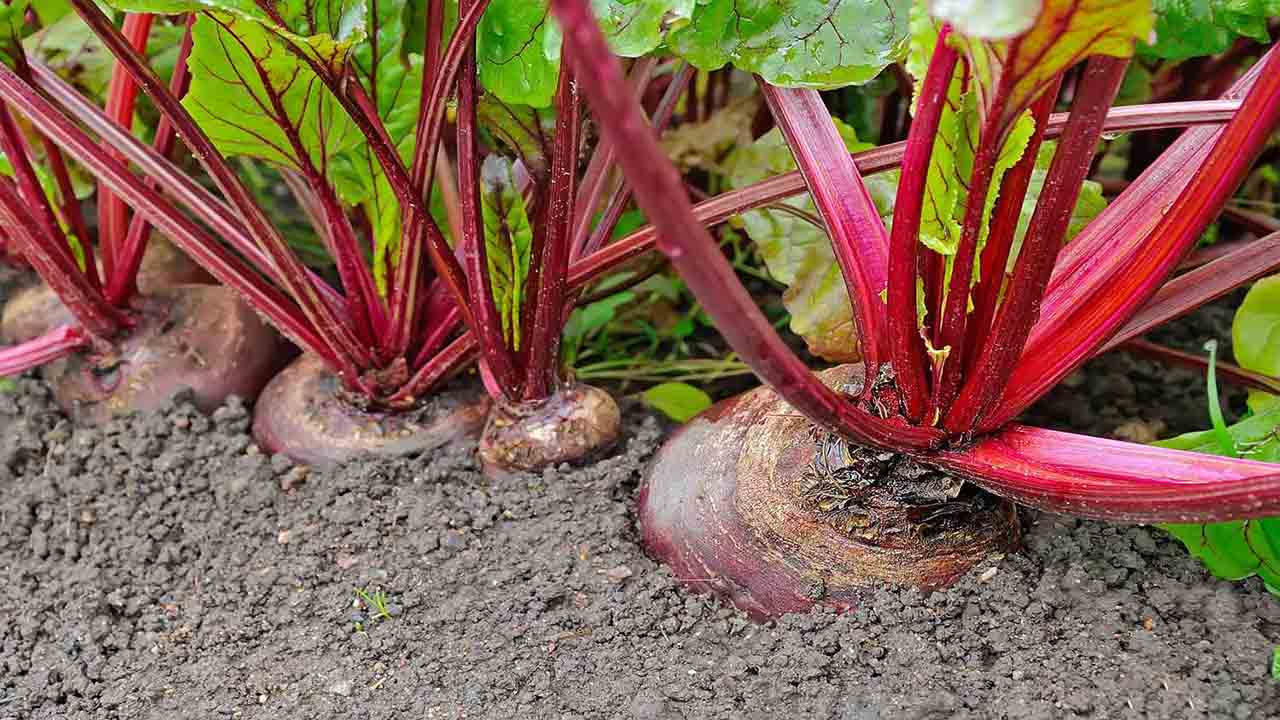
Companion planting offers a myriad of benefits for beets. By strategically pairing different plants, you can enhance beet growth and yield while reducing the need for chemical interventions. Certain companion plants provide shade and wind protection, creating optimal growing conditions.
Additionally, some companions improve soil health and fertility, ensuring the beets have access to essential nutrients. Moreover, companion planting promotes a balanced and biodiverse garden ecosystem, fostering a harmonious relationship between plants. Incorporating these best beet companion plants into your vegetable garden will help create a thriving and productive beet bed.
Top 15 Beet Companion Plants You Want
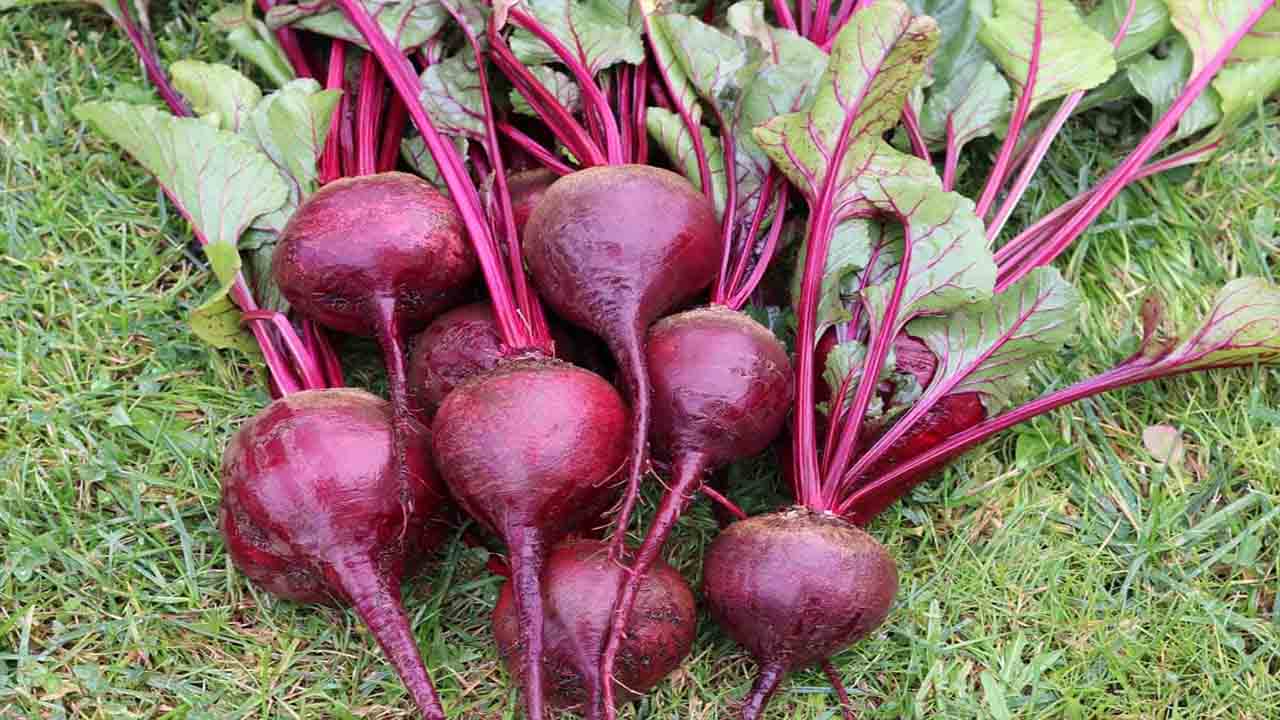
Companion planting is a great way to maximize the health and productivity of your beet plants. Choosing the right companion plants can enhance nutrient uptake, improve soil quality, and even deter pests. Lettuce provides shade for beets while benefiting from their deep taproots.
Bush beans fix nitrogen in the soil, which benefits the growth of beets. By strategically planting these companions alongside your beets, you can create a thriving garden ecosystem that will benefit you and the surrounding plants. Here are 15 beet companion plants you want:
1.Carrots

Carrots and beets make excellent companions in the vegetable garden. They share similar growing requirements, allowing for efficient use of space. The foliage of both crops provides light shade that benefits their growth. Carrots also help break up compacted soil, promoting the development of beetroots.
Furthermore, interplanting carrots and beets adds visual interest and variety to the garden. By choosing the right companion plants, such as carrots, beet harvests can be maximized while managing pests and promoting a balanced ecosystem.
2.Lettuce

Planting lettuce near beets provides shade for the beetroots, preventing them from becoming tough. Lettuce benefits from the deep taproots of beets, which help bring up nutrients from lower soil layers. Lettuce and beets’ contrasting colors and textures create an aesthetically pleasing garden.
After that, lettuce acts as a living mulch, helping to conserve soil moisture for both crops. Interplanting lettuce and beets maximizes space utilization in the garden.
3.Bush Beans
Bush beans make excellent companion plants for beets. They provide a natural source of nitrogen, which boosts the growth of beets. Additionally, the dense foliage of bush beans acts as a shade for the beetroots, keeping them cool during hotter temperatures.
Combining beets and bush beans adds diversity and visual interest to the garden. By interplanting them, you can maximize space utilization and overall productivity. Beet and bush bean companionship is a winning combination for any vegetable garden.
4.Radishes
Radishes make excellent companion plants for beets. Thanks to the organic compounds they release, they repel beetles and other harmful insects. With their taproot, radishes break up compacted soil, allowing beets to access more nutrients.
Radishes also have a short growing season, so they don’t compete with beets for resources for too long. Additionally, planting radishes alongside beets adds visual interest to your garden with their contrasting colors and textures.
5.Nasturtiums
Nasturtiums make excellent companion plants for beets. They attract beneficial insects like ladybugs and lacewings, which feed on aphids and other pests that can harm your beets. Nasturtiums also can repel cucumber beetles and squash bugs that may attack your beets.
Easy to grow and care for, these plants add a vibrant pop of color to your garden with their bright blooms. You can even use nasturtium flowers in salads or as a garnish. Planting nasturtiums near your beets can create a diverse and healthy ecosystem in your vegetable garden.
6.Herbs

Companion planting with herbs can benefit your beet garden in multiple ways. Herbs like basil, dill, and cilantro not only repel pests but also enhance the flavor of beets when cooked together. Chamomile and yarrow herbs can improve soil health and promote healthy beet growth.
When choosing herb companions for beets, consider their light and water requirements and growth habits. Experiment with different herb combinations to find the best for your specific beet-growing conditions.
7.Sweet Alyssum
Sweet Alyssum is a beneficial companion plant for beets in the vegetable garden. It attracts lacewings and ladybugs, which help control pests like Japanese and Colorado potato beetles. With its shallow root system, Sweet Alyssum won’t compete with the deep roots of beets, making it an ideal partner.
This low-growing plant is a ground cover, retaining moisture around the beets. Its delicate flowers add beauty to the garden and provide nectar for pollinators like bees and butterflies. Easy to grow from seed, Sweet Alyssum thrives in full sun to partial shade, making it a versatile addition to any garden.
8.Marigold
Marigolds are a popular choice as companion beet plants because they repel pests like nematodes and beetles. They also attract beneficial insects, such as ladybugs and lacewings, which prey on harmful pests. Additionally, marigold roots release a chemical that helps suppress soil-borne diseases.
Planting marigolds alongside beets adds color and beauty to your garden and contributes to effective pest management. If you’re considering marigolds as beet companions, opt for the French variety, known for its shorter height and fuller blooms than the taller African variety.
9.Mint

Mint is an excellent choice as a companion plant for beets. It is a natural repellent for pests like flea beetles and aphids, keeping your beets safe and healthy. The strong scent of mint can also mask nearby odors, confusing insect pests and making it difficult for them to locate your beets.
Additionally, mint attracts beneficial insects like bees and parasitic wasps, which help control harmful pests. Its hardy perennial nature can fill gaps in your garden and provide year-round interest.
10.Sage
Sage is an excellent beet companion plant because it repels harmful insects and attracts beneficial ones like bees and butterflies. Its antibacterial properties also help prevent fungal diseases in beets and surrounding plants.
With its deep root system, sage brings up essential nutrients from the soil, benefiting all nearby plants. Additionally, sage’s versatility as a culinary herb and its medicinal properties make it a valuable addition to any garden.
11.Corn

Corn and beets have a complementary growth cycle, with corn providing shade and support for beetroots. Both crops benefit from similar soil conditions, avoiding competition for nutrients. Corn also deters pests like aphids and flea beetles that can harm beets.
Intercropping with corn increases yields and improves soil health. However, proper spacing is crucial to prevent overcrowding and promote the growth and yield of both crops.
12.Endive
Endive is an excellent beet companion plant, as it helps deter pests like aphids and flea beetles. This cool-season crop can be grown alongside beets in both spring and fall. With similar soil and moisture requirements, they make a perfect match in the vegetable garden.
Endive brings its nutritional value to the table with its nutritious leafy greens, which can be harvested and enjoyed alongside your beets. Additionally, endive attracts beneficial insects like ladybugs, aiding in pest control.
13.Kohlrabi
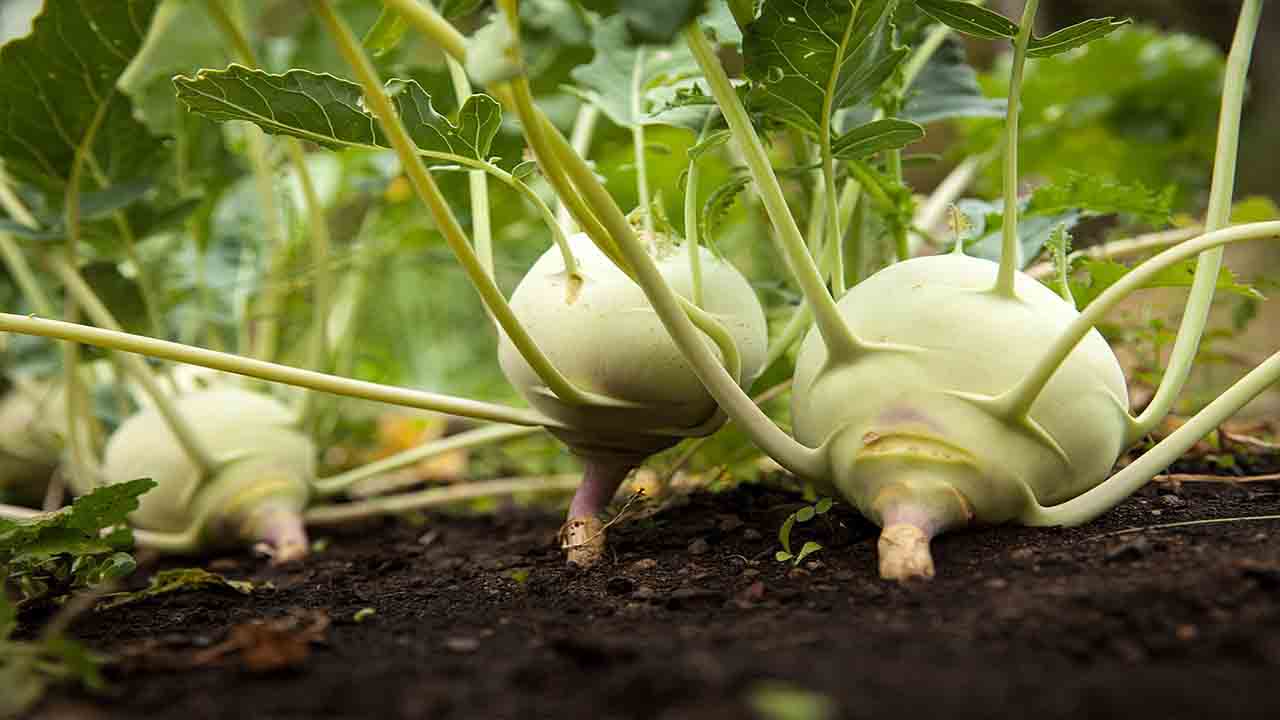
Kohlrabi is an excellent beet companion plant as it repels harmful insects like cabbage worms and root maggots. It also improves soil health by breaking up compacted soil and adding organic matter. With its shallow roots, kohlrabi won’t compete with beets for nutrients or water.
This fast-growing vegetable can be harvested before it crowds the beet plants. Remember to give each plant enough space to grow and thrive when planting kohlrabi and beets together.
14.Onions
Onions are excellent beet companion plants, effectively repelling pests like aphids and carrot flies. They also release sulfur compounds into the soil, benefiting various plant species, including beets. When planting onions near beets, ensure well-drained soil with a neutral pH level, as onions thrive in these conditions.
Consider planting garlic, chamomile, and marigolds alongside beets and onions for enhanced pest management and improved soil quality. These companion plants offer insect-repelling properties and contribute to soil enrichment.
15.Tomatoes
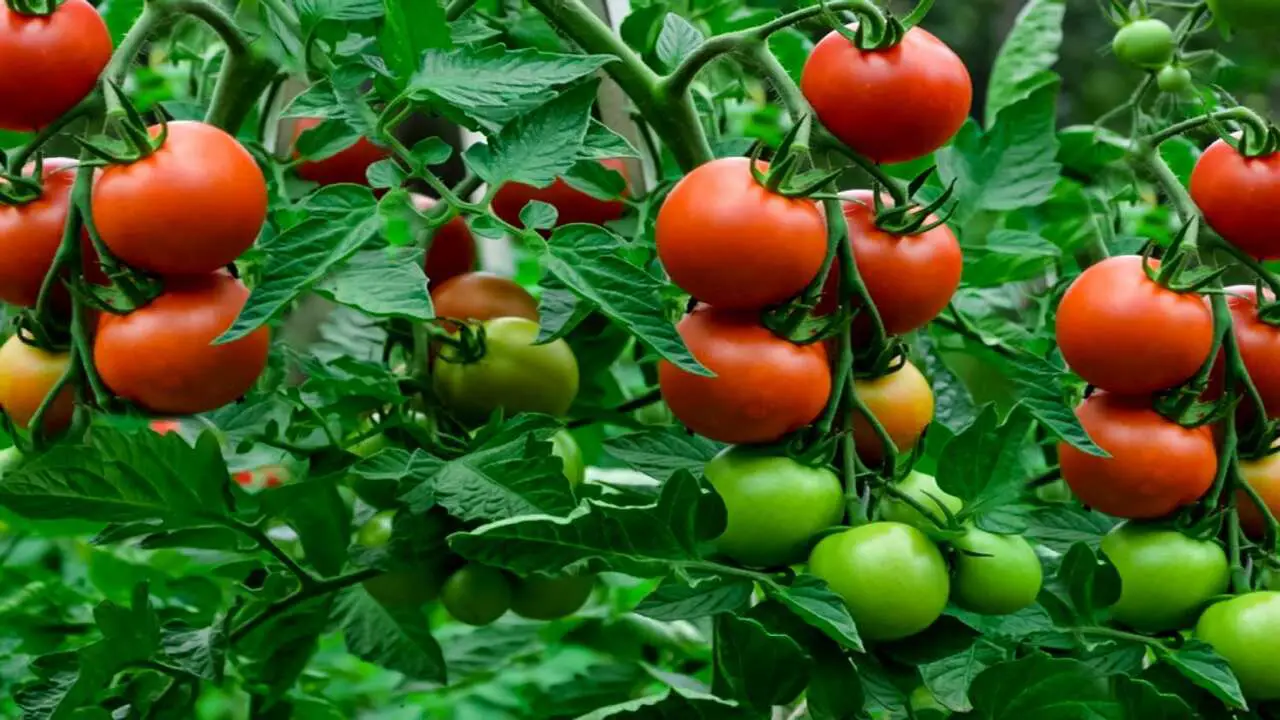
Regarding companion planting with beets, tomatoes are a great choice. Both tomatoes and beets are heavy feeders, so planting them together allows for nutrient sharing. Additionally, tomatoes attract bees and other pollinators, benefiting nearby beet plants.
The shallow roots of beets also complement the deeper roots of tomatoes, allowing for better utilization of soil nutrients. Moreover, tomatoes produce solanine, a compound believed to be toxic to certain insects that can harm beet plants. However, it is important to manage irrigation properly, as tomatoes and beets have different watering requirements.
Tips For Successful Companion Planting With Beets
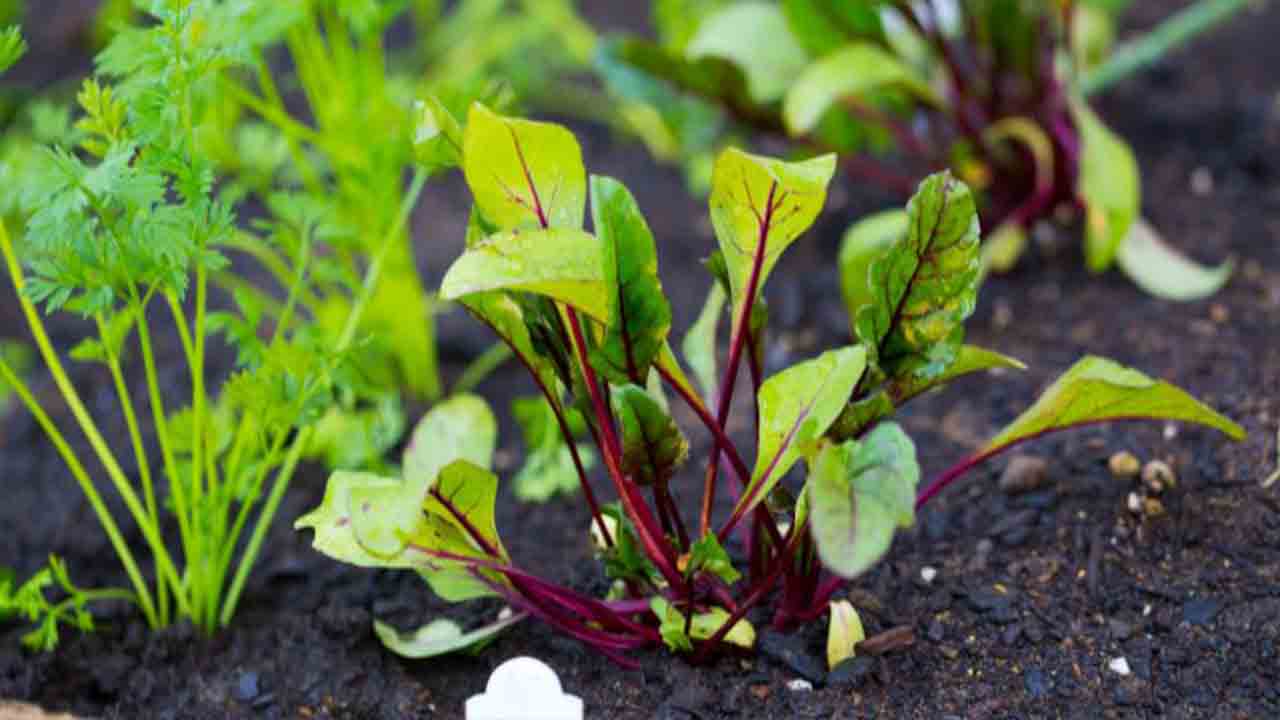
Successful companion planting with beets can help improve their growth and deter pests. By carefully selecting companion plants for your beets, you can create a thriving garden ecosystem that supports healthy growth and minimizes pest issues. Here are some tips to keep in mind when choosing companion plants for your beets:
- Plant Beets Near Onions, Garlic, Or Chives: These aromatic plants can help repel pests like aphids and beetles that may attack your beets.
- Avoid Planting Beets Near Pole Beans Or Tomatoes: These plants can compete with beets for nutrients and water, leading to stunted growth.
- Consider Planting Beets Near Lettuce Or Spinach: These leafy greens have similar growing requirements to beets and can provide shade and sun protection.
- Be Mindful Of Spacing: Leave enough space between your beet plants and their companions to allow for proper airflow and prevent overcrowding.
Factors To Consider When Choosing Beet Companions
When choosing beet companions, several factors should be taken into consideration. First, consider the sun requirements of the companion plants. Some plants, such as Brussels sprouts or swiss chard, prefer full sun, while others, like lettuce or cabbage, thrive in partial shade.
Additionally, look for plants that attract beneficial insects, such as ladybugs or lacewings, which can help control pests like aphids or cabbage moths. Choosing companion plants with similar watering needs is also important to ensure that both the beets and their companions receive adequate moisture.
Avoid planting companions that compete for nutrients with beets, which can hinder their growth. Lastly, opt for companion plants with shorter growing seasons than beets to prevent overcrowding and allow for easier management.
How Does Companion Planting Enhance Beet Growth?
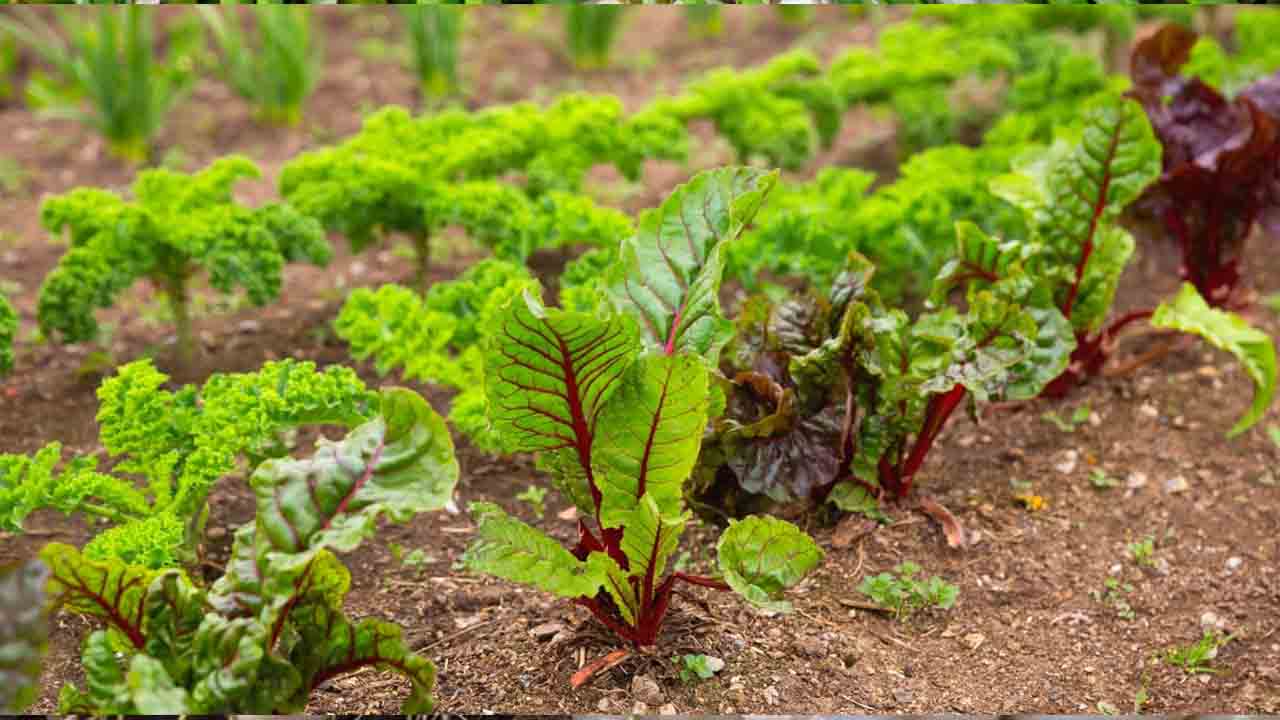
Companion planting can be beneficial for enhancing beet growth in your garden. By strategically planting certain plants alongside your beets, you can create a symbiotic relationship that promotes healthy growth and deters pests.
For example, planting onions or garlic near your beets can help repel pests such as aphids and beetles. Additionally, planting lettuce or spinach near your beets can provide shade and help retain moisture in the soil, which is important for optimal beet growth.
Furthermore, intercropping with herbs like dill or chamomile can attract beneficial insects that prey on pests, further protecting your beet plants. By utilizing companion planting techniques, you can maximize the health and productivity of your beet crop while reducing the need for chemical pesticides.
Conclusion
To maximize the growth and health of your beets, consider implementing companion planting. This practice involves planting certain plants together to benefit each other’s growth. Regarding beets, several companion plants can enhance their growth and deter pests.
Some of the top companion plants for beets include carrots, lettuce, bush beans, radishes, nasturtiums, herbs, sweet alyssum, marigold, mint, sage, corn, endive, kohlrabi, onions, and tomatoes. Planting these companions alongside your beets can improve soil health, attract beneficial insects, and deter harmful pests.
Remember to consider factors such as compatibility and spacing when choosing beet companions. You’ll enjoy a bountiful harvest of healthy and delicious beets with successful companion planting. We’ve discussed beet companion plants you want.
Frequently Asked Questions
1.What Is Best To Plant Next To Beets?
Ans: When choosing companion beet plants, opt for shallow roots like lettuce and radishes. Herbs such as dill and chamomile can help repel pests, while bush beans add nitrogen to the soil, benefiting beets. However, avoid planting fennel or mustard greens near beets as they can inhibit their growth.
2.What Should You Not Plant Next To Beets?
Ans: Plants from the Brassica family, such as broccoli or cabbage, should be avoided as best companions. Additionally, pole beans may compete with beets for nutrients and water. Be cautious when planting beets near fennel or kohlrabi, as they may hinder each other’s growth. While onions and garlic can be good companions, avoid planting them too close together to prevent attracting the same pests.
3.Can I Plant Beets Near Onions?
Ans: Beets and onions can be planted near each other as they have a beneficial relationship. Onions repel pests that may harm beet plants, and their different root depths prevent competition for nutrients. This allows you to save space in your garden.
4.Can You Plant Beets Next To Tomatoes?
Ans: Beets can be grown alongside tomatoes as they share similar soil and sun requirements. However, it is important to avoid planting them too close together to prevent competition for nutrients and space. Other suitable companion plants for beets include lettuce, onions, and garlic. Companion planting not only helps deter pests but also improves soil health.
5.What Are Some Good Companion Plants For Beets?
Ans: Good beet companion plants include lettuce, onions, garlic, and spinach. Herbs like dill, chamomile, and mint also work well with beets. Avoid planting beets near other root vegetables, such as carrots and parsnips. Companion planting can deter pests and enhance beet growth.

